100% of unwanted pregnancies involve a man.
There’s a stat for you.
Wherever abortions are being considered a man is, or at least has been, on the scene.
He might be a partner over the long term, might be an anonymous guy, he might be any number of heroic or vile characters. But he’s there.
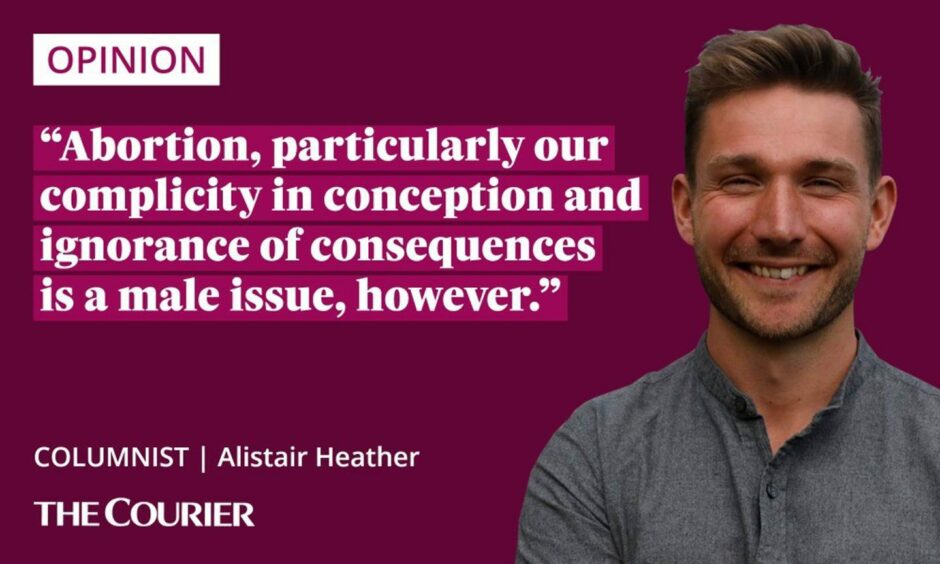
Yet men – certainly speaking for myself and my pals – don’t generally engage with the abortion or contraception chat. It’s sort of seen as a women’s issue.
You see real anger when ill-informed men do wade into the debate.
Abortion, particularly our complicity in conception and ignorance of consequences is a male issue, however.
Abortion was correlated with the intense poverty of Dundee
Growing up around here, Dundee was always “the abortion capital of the UK”, or at least was in the running for the title. This was generally seen as a bad thing.
Abortion was statistically correlated with the intense poverty of our area. It was generally packaged up with things like crime, education, employment level, as an indicator of how badly Tayside was doing in general.
The Courier covered it thus: “Dundee once again has the unwanted tag of having the highest rate of abortions in Scotland.”
Abortions were ingrained in my perception as being basically a bad thing. Like crime or unemployment; something you wanted as little of in your city and region as possible.
At school, lassies my own age often had much older boyfriends. Some must have become pregnant, and gone through abortions.
It did not feature in sex education in the school, nor in social chat in the park.
I remember how surprised and awkward I was when one male friend spoke of the grief he still felt about his partner having an abortion, when we were in late teens. They were broke, and couldnae afford kids. Their parents were dead against it.
Vote accordingly
As a man in Tayside in the 2000s, I was living in a statistical hotspot for abortions.
Yet I was almost entirely ignorant of the process, the situations around them, the legal situations, which of my generation had experience of them, all that.
And as I grew into the middle-aged man speaking to you, I have never properly gone and corrected that ignorance.
I need to do better.
By sitting on the sidelines of this issue and letting it pass me serenely by, I’ve not been a good ally.
For example, I’ve voted SNP/Green for years without reflecting on what the candidate’s views on abortion might be. Never even thought about it.
Then the other day up pops John Mason, the SNP MSP who felt “positive” about the Roe v Wade undoing in the states. Whit.
Literally the day after Roe is overturned and we’ve got @JohnMasonMSP stating that:
– Women in Scotland are being pressured into abortions
– Clinics are giving limited information on the ‘pros and cons’ of abortion
This is untrue and dangerous rhetoric. pic.twitter.com/aaY5SPjooB
— Back Off Scotland (@backoffscotland) June 25, 2022
Loads of guys will have voted for him because he supports independence.
I bet none of them had any idea, or any interest in discovering, whether or not he had a shoogly attitude towards the human rights and bodily autonomy of half his constituents.
Men need to be responsible for their fertility
Men vote. It’s the least we can do when passing that vote to check what the candidates think of abortion, and issues around women’s rights, before casting our ballot.
Men have sex. The data isnae completely clear, but at least one French study suggests that a big contributor to unwanted pregnancies that lead to abortion in the first place is men not regularly wearing condoms.
This is exacerbated by men just assuming that women will be doing something about contraception. It’s a ‘women’s issue’ after all.
The least we can do in the bedroom is take responsibility for our own fertility.
Men speak. Our collective silence on issues designated as ‘women’s’ leads to all sorts of problems.
Male squeemishness around periods, for example, has meant that menstrual leave rarely features in any male-led arguments about employment reform in Scotland.
Endometriosis, a condition that impacts around 10% of women globally, and has all sorts of impacts including an increase in period pain, was a total mystery to me until a recent Scottish Government educational push.
All unwanted pregnancies involve a man
These are aspects of life which should be easy to converse on, and central to union discussions and a standard feature in workplace contracts.
The women and men who do go through abortions often have to go through them with a blanket of secrecy drawn across the whole thing.
Men – and I very much include myself – should be challenging ourselves to be more open to all these conversations.
The place for our voices is not at the vanguard of the abortion debate.
But speaking with our pals about this stuff, engaging with one another on it, would help us be better allies to women, and will help us be better partners and build a fairer society.
Keeping tabs on our elected representatives on this will help us become better and more engaged voters, too.
It’s a time for men to be listening to women. And have a wee think about our own responsibility too, because after all, 100% of unwanted pregnancies involve a man.
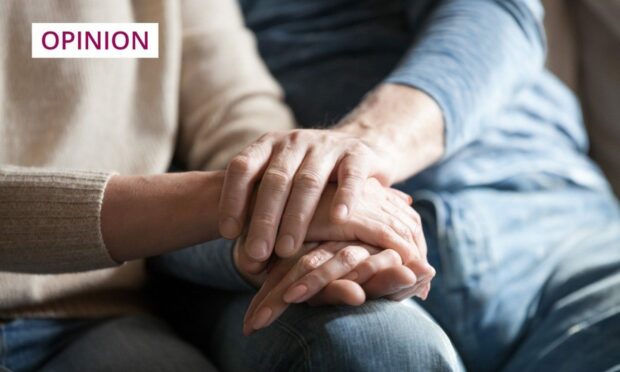
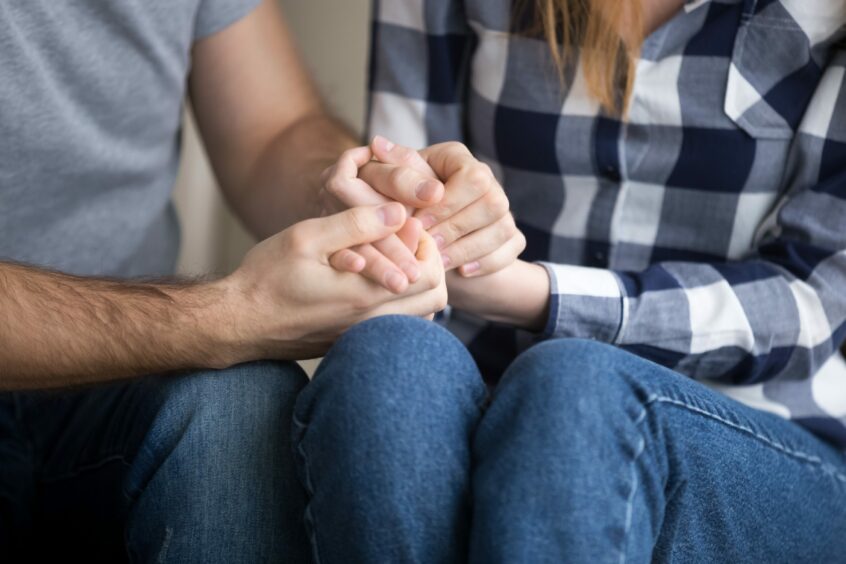
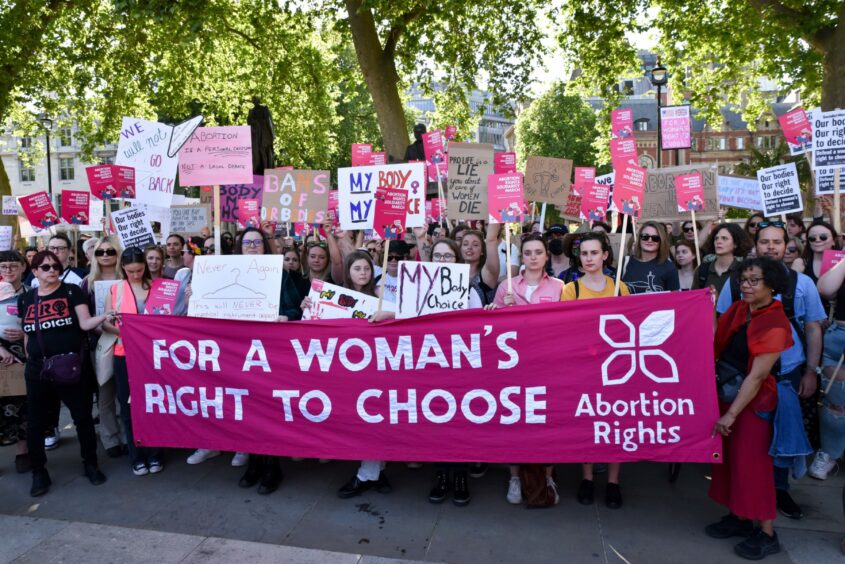


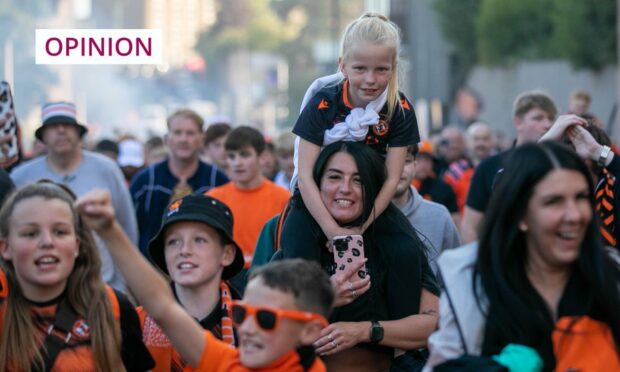
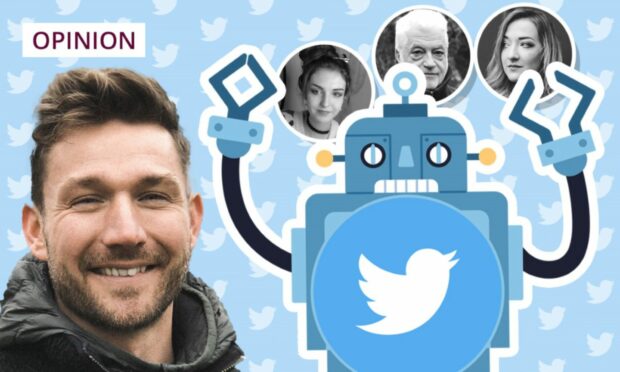
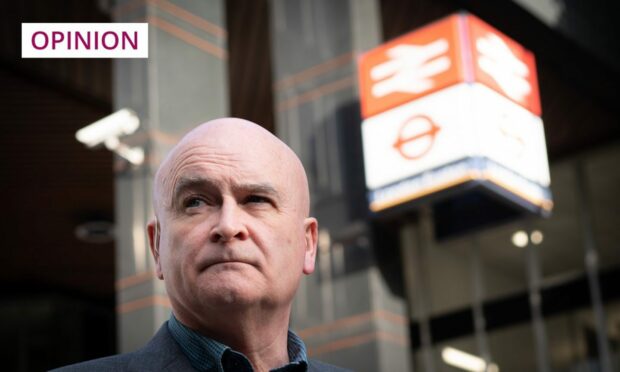
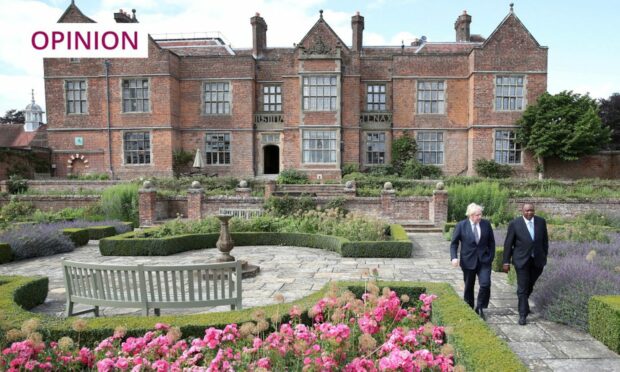








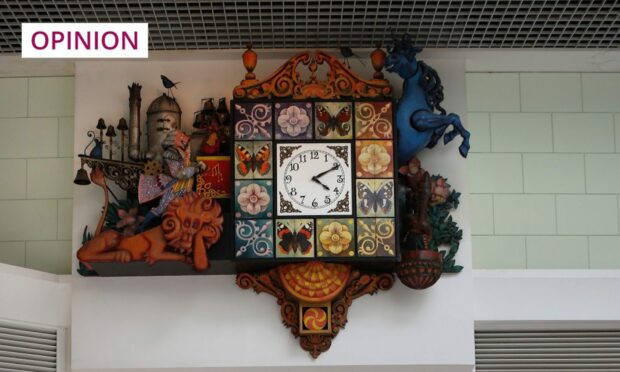
Conversation